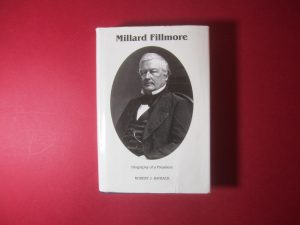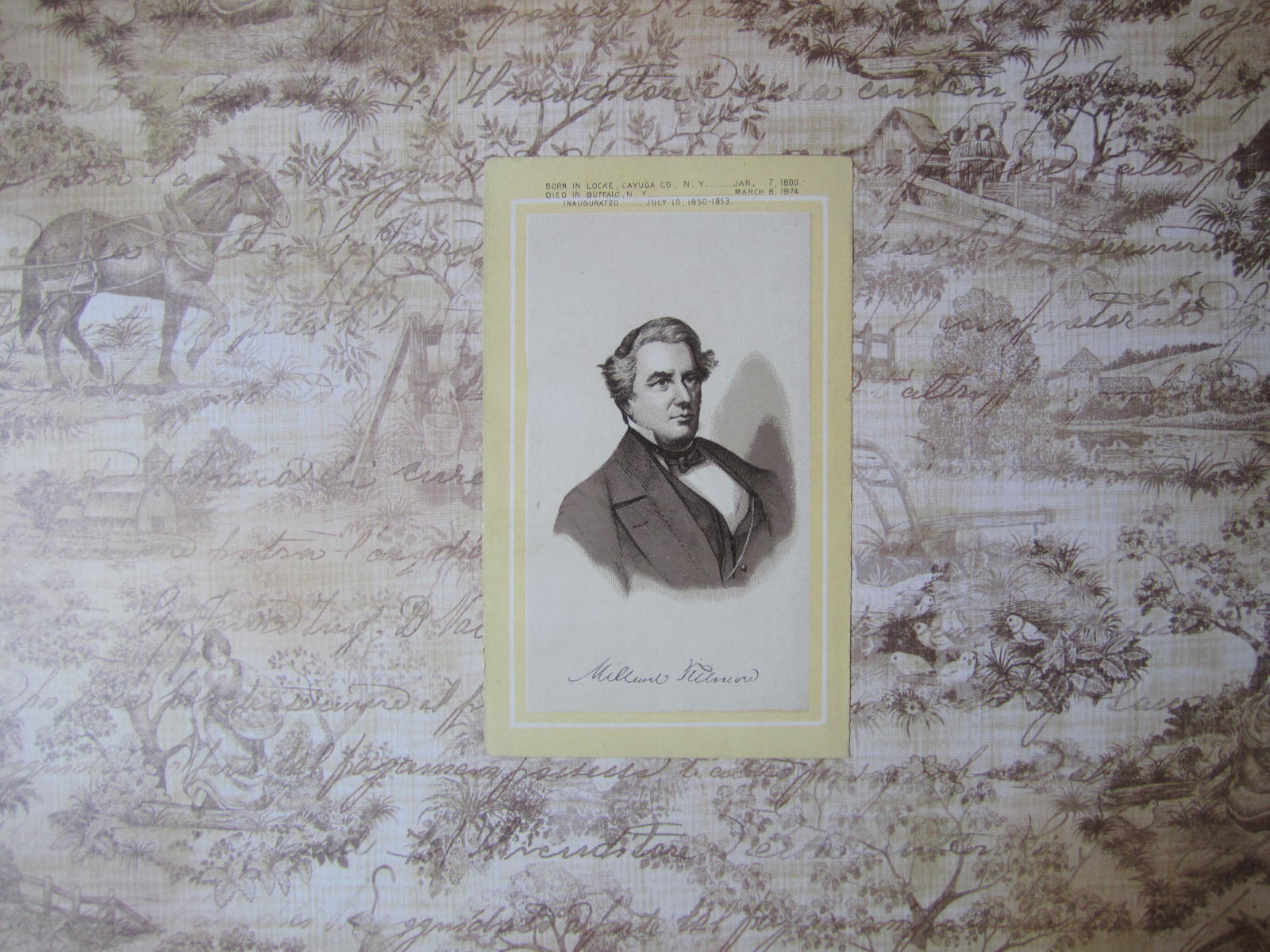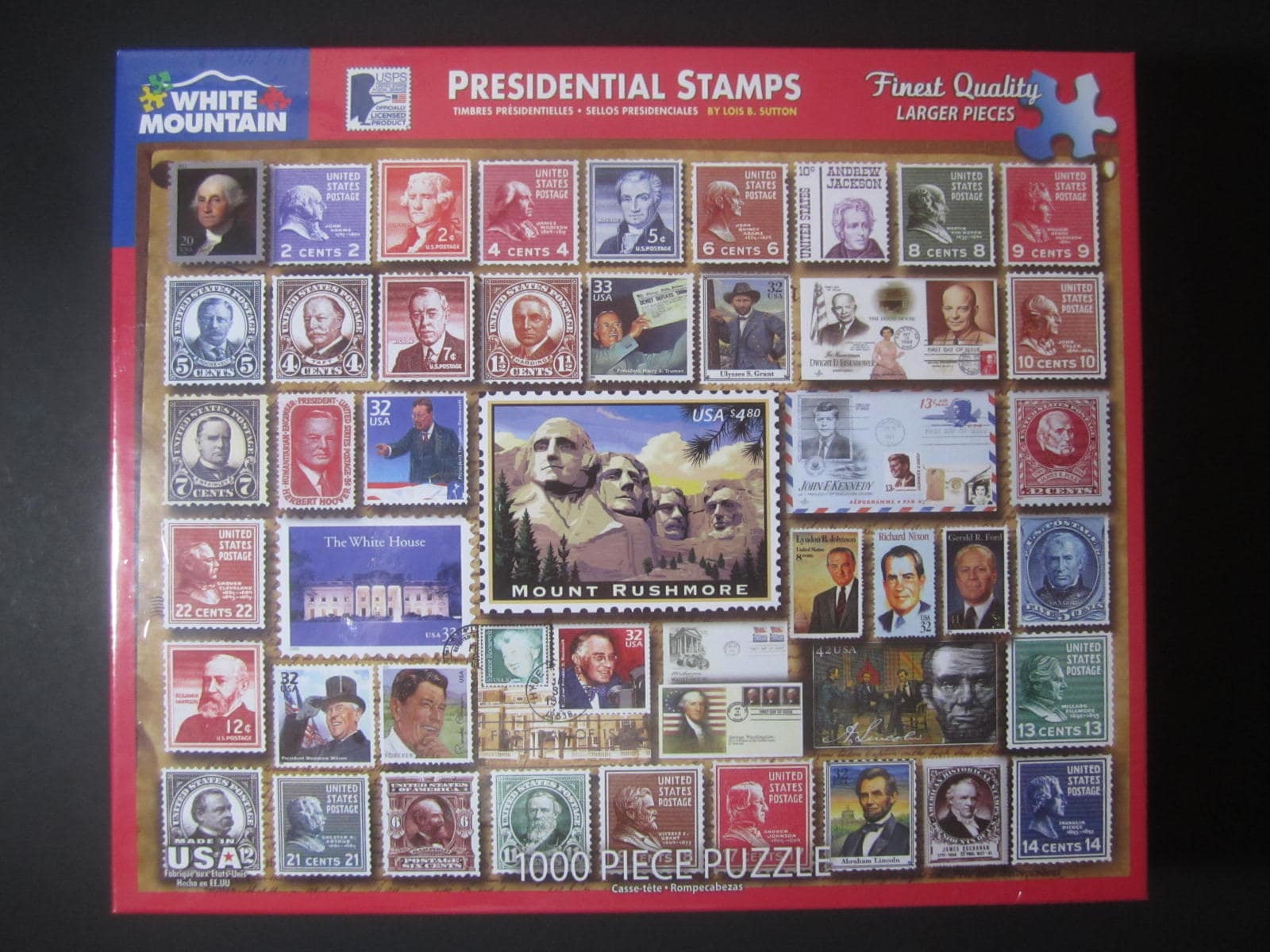Here are some quick facts, opinions, quotes and other information on President Millard Fillmore:
Personal Information on Millard Fillmore:
- Thirteenth (1850-1853)
- Birthday: January 7, 1800 (Tuesday)
- Birthplace: Moravia, New York
- Birthplace Website: President Millard Fillmore’s Birthplace
- Zodiac Sign: Capricorn
- Date of Death: March 8, 1874 (Sunday)
- Place of Death: Buffalo, New York
- Place of Burial: Buffalo, New York
- Cause of Death: Stroke
- Burial Website: Forest Lawn Cemetery, Buffalo, New York – President Millard Fillmore’s Burial Site
- Presidential Center: The Association for a Buffalo Presidential Center
Interesting Millard Fillmore facts:
- Millard Fillmore would often boast of his illiteracy, but he did overcome it. He was a very fine lawyer. He was also the founder of the University of Buffalo, which is now called New State University of New York at Buffalo. He was also that school’s first chancellor and would serve in the position until his death. During his Vice Presidency, and Presidency, he would serve as the chancellor part-time. Today, one of the campuses is Millard Fillmore College. There is also a building on campus, The Millard Fillmore Academic Center, named after him.
- Millard Fillmore was one of seven Presidents to remarry. The other six were: John Tyler, Benjamin Harrison, Teddy Roosevelt, Woodrow Wilson, Ronald Reagan, and Donald Trump. Tyler, Harrison, TR, Wilson, and Fillmore wives had died and they remarried after those deaths. Reagan and Trump were both divorced. Fillmore was married to Abigail Power in 1826. She died on March 4, 1853. On February 10, 1858, Fillmore married Caroline McIntosh. She would survive him. Caroline would also require Fillmore to sign a prenuptial agreement.
- Millard Fillmore is one of fourteen Presidents to be born, die and be buried in the same state. The other thirteen Presidents to be born, die and be buried in the same state are: George Washington, John Adams, Thomas Jefferson, James Madison, Martin Van Buren, John Tyler, Franklin Pierce, James Buchanan, Rutherford B. Hayes, Grover Cleveland, Theodore Roosevelt, Harry S Truman, and Lyndon Johnson.
My favorite Millard Fillmore Quotes:
May God save the country, for it is evident that the people will not.
I can hardly believe that any man born an American can possess other than an American heart.
It is not strange…to mistake change for progress.
I have not the advantage of a classical education, and no man should, in my judgment, accept a degree he cannot read.
An honorable defeat is better than a dishonorable victory.
It is a national disgrace that our Presidents, after having occupied the highest position in the country, should be cast adrift, and perhaps, be compelled to keep a corner grocery for subsistence.
Millard Fillmore blogs (click the title to go to that page):
Millard Fillmore page on Presidential Crossroads (click “Millard Fillmore” below):
Millard Fillmore
Millard Fillmore Blogs:
What similar traits do I have with Presidents Polk through Hayes
Personal thoughts on Millard Fillmore:
Strengths:
Mind of his own, Believed strongly in the Constitution, Willing to compromise
Weaknesses:
Not willing to step out of the box, His compromises usually made everyone mad instead of making everyone feel like a winner
Presidential Greatness Scale (1-poor to 5-great): 3.2
Comments:
There are two hard parts to ranking Millard Fillmore. One is, it is hard to take what we know now about history and history’s impact and applying them to people living in the middle of that history. It was their day to day life and they didn’t have the luxury of knowing how their decisions would impact the future. Second, he just wasn’t President very long. Zachary Taylor died a little about a year and half into his term and Millard Fillmore was never elected in his own right. He just served out the final part of Taylor’s term. Tradition led to all of Taylor’s cabinet offering to resign when Fillmore became President. Before then, most of those resignations were refused. Fillmore accepted all the resignations and picked his own members of his cabinet. The most well know event of Fillmore’s term was the Compromise of 1850. Although most of it was devised by Zachary Taylor, Fillmore signed it into law. The fourth statute of that law, the Fugitive Slave Bill, was the one that caused him the most trouble. The main focus of the bill called for enforcement of returning fugitive slaves to their owners in the South. Most Whigs, Fillmore’s party, strongly opposed that part of the bill, and when Fillmore went all out enforcing it, they were not at all happy with him. He strongly believed that the Constitution, which he had sworn to uphold, barred him from enforcing his own views on the situation. He believed he was to uphold the laws as they stood. But Fillmore’s administration also sent Commodore Matthew C. Perry to Japan to open up trade there. When Texas was asserting its authority over the New Mexico territory, he would send federal troops to step in. He also appointed Brigham Young as the first governor of the Utah territory. Young would return the favor and name the first capital of the Utah territory Fillmore. It would also be surrounded by the county he named Millard. I think Fillmore did the best he could with what he had. The laid-back Presidential style of that era came back to haunt us with the Civil War. He was more of a “stay in the box” type President and he was definitely not one of those standout Presidents.

Favorite Millard Fillmore book:
Millard Fillmore – Biography of a President by Robert J. Rayback
Favorite Millard Fillmore story:
How he overcame illiteracy and his modesty about it.
Most memorable Millard Fillmore memory:
I really haven’t done any Millard Fillmore things yet.
Favorite Millard Fillmore possession (see picture at the top):
The very old Millard Fillmore trading card I have



